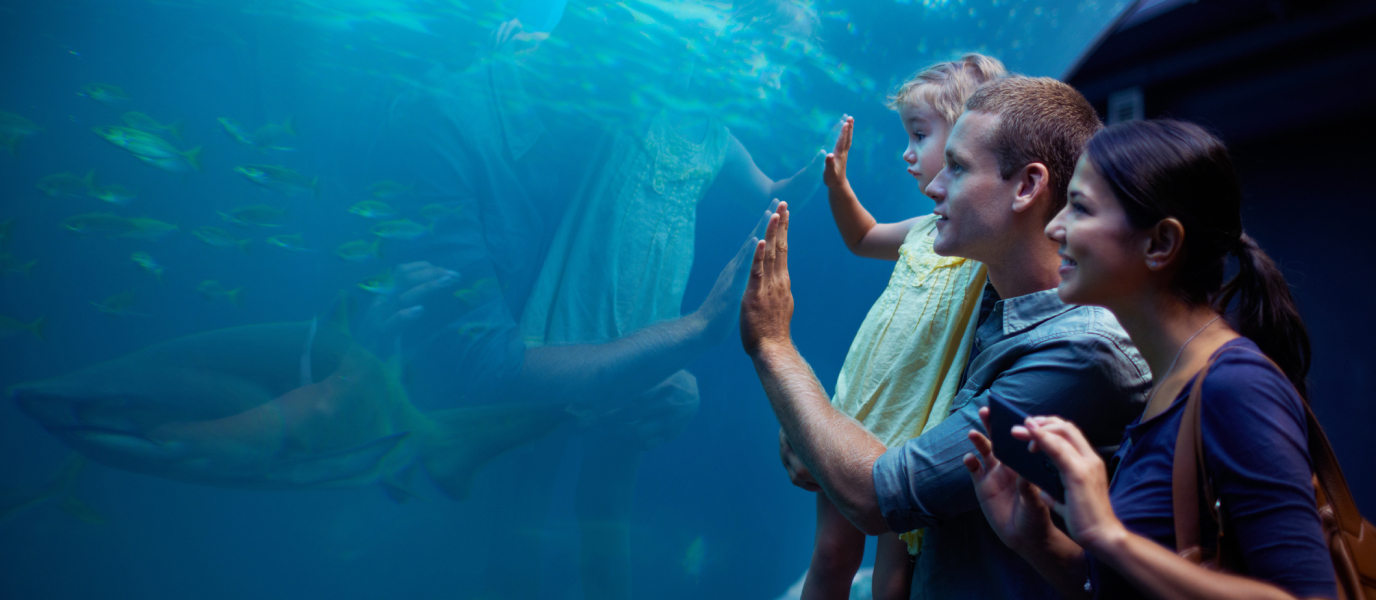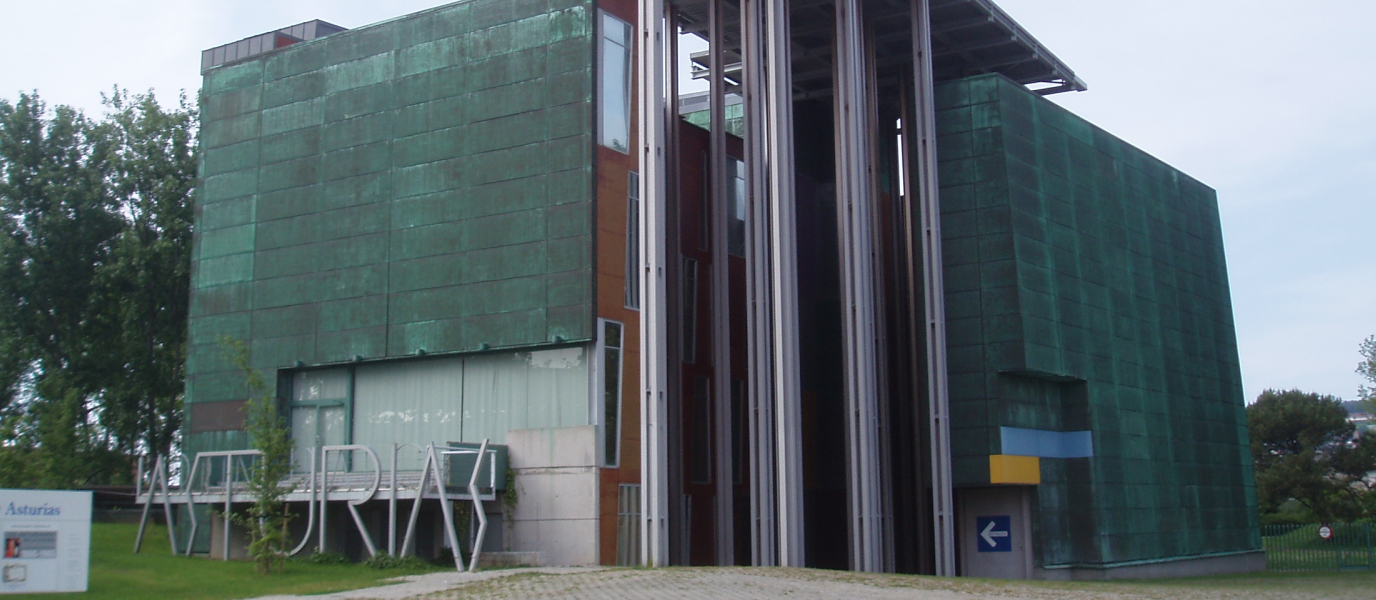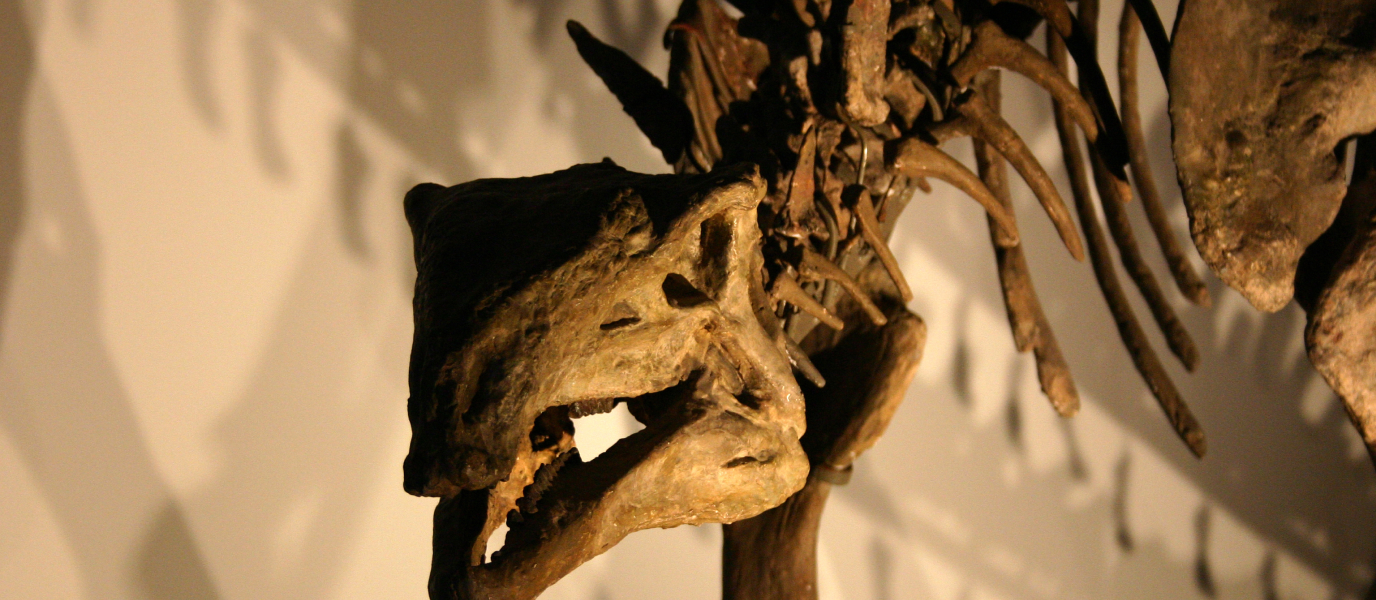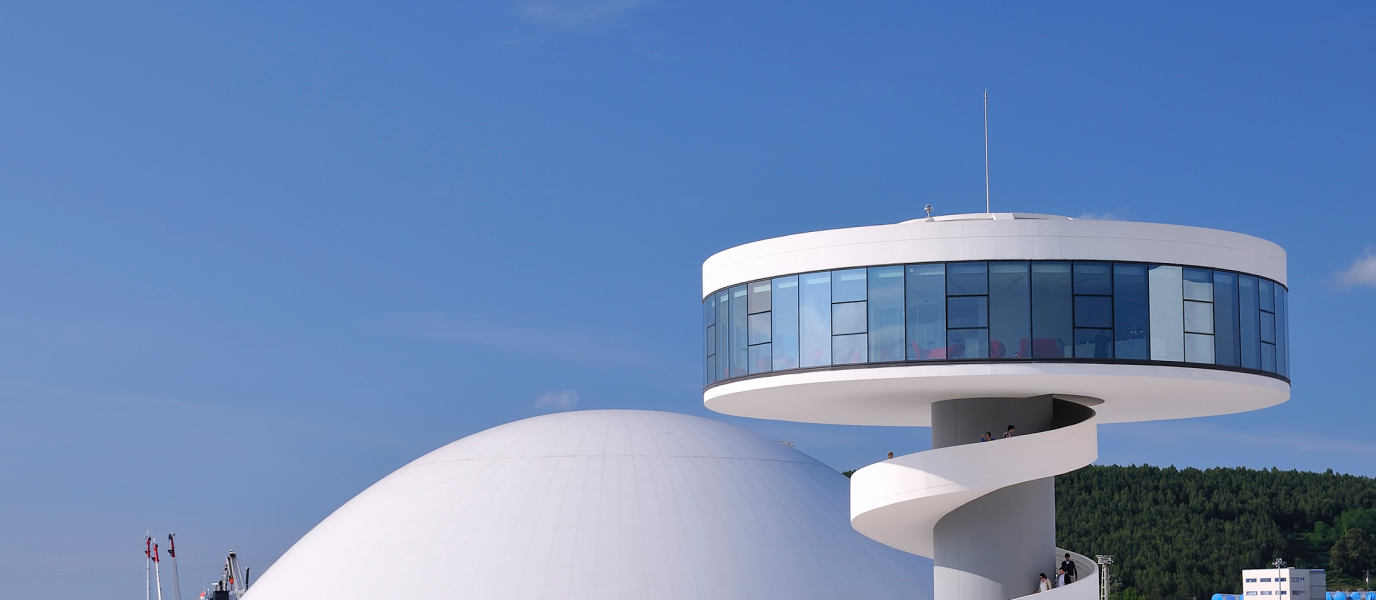Located at the end of playa de Poniente in the old town, the 2,000 m2 Aquarium of Gijón provides an engaging and immersive experience as you discover the oceans of the world. There are 60 freshwater and saltwater aquariums that bring to life the depths of Asturian rivers and world oceans. You’ll see freshwater animals, such as otters and trout; and saltwater animals. There are also penguins, turtles and mighty sharks. The aquarium is a must-see if you are passing through the city, especially if you’re travelling with children .
The Oceanographic Museum of Gijón
Opened in 2006, the aquarium is also known as The Oceanographic Museum of Gijón. It has welcomed countless visitors, never leaving anyone disappointed. You’ll feel like a fish in water as you dive into the world of the high seas and experience this living museum. You’ll be captivated by the colourful ecosystems and abundant biodiversity as you undertake the 2-hour tour. Time will fly by as you glide through the aquarium among more than 5,000 vertebrates and invertebrates from nearly 500 different species. The recreated aquatic habitats invite visitors to get an up-close look at the most representative species. The museum is also committed to educating visitors – you’ll get so acquainted with the animals that you might even think you’re part of the shoal!
What to see in the Aquarium of Gijón: Sharks and ‘Nemo’
Brought to you directly from the coastal waters of Florida, the eight sharks and their pups, measuring between 1.5 m and 3 m are awe-inspiring indeed. There are also boxfish, moray eels and turtles. From the coastal waters of Asturias, you’ll see spider crabs, lobsters and monkfish, a typical Asturian fish, which can only be seen in Spain at the Aquarium of Gijón.
From the warm Caribbean waters, you’ll discover the lookdown, the Atlantic pomfret, and the Atlantic tarpon, while the explosion of colours the Pacific Ocean has to offer will amaze you. You’ll come face-to-face with the famous clownfish who rose to stardom thanks to the film ‘Nemo’ – a sure-fire hit for children. In addition to Nemo, you’ll also discover other amusingly-named fish such as the catfish, the pearly razor fish and the yellow goatfish.
All these wonderful species live among seahorses, jellyfish and the unicorn leatherjacket. You’ll also see stunning coral reefs, home to the yellow boxfish, the spiny butterfly ray and the angelfish.
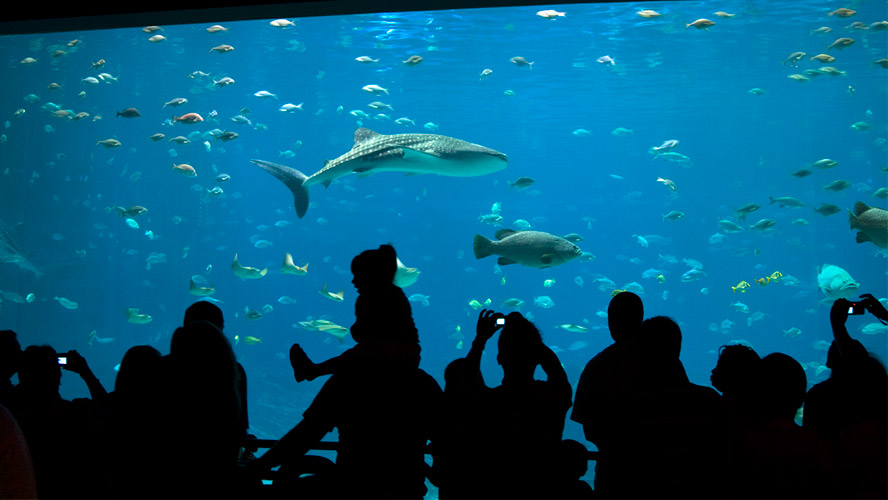
Touring the Aquarium of Gijón
The Aquarium of Gijón is divided into 12 different themed areas, each perfectly curated to reflect the habitats of the marine animals and transporting visitors to the depths of the seas.
The first section is entirely dedicated to Asturian rivers. The exhibition is a perfect replica of the Asturian riverside; it even includes the sound of running water to provide an element of realism. From there, we travel to the Cantabrian coast. Put your head into one of the slots in the aquarium wall to experience what it’s like to be surrounded by fish.
The Aquarium of Gijón: From the Caribbean Sea to Cape Horn
The next section dives into the cold and warm waters of the Atlantic Ocean and the Caribbean Sea. You’ll see the southern Atlantic bull and grey shark swim freely in this ginormous 1.3 million litre, 6-m deep tank.
You’ll also travel to Cape Horn in southern Chile’s Tierra del Fuego archipelago, home to the distinctive Magellanic penguin; and to the Indian Ocean, the Red Sea, Madagascar and the Cape of Good Hope (South Africa).
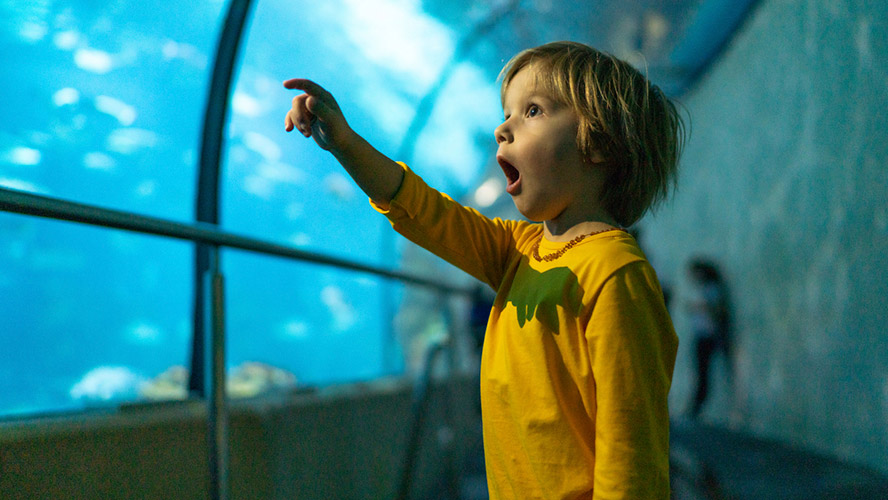
Fun facts about the deep sea
In addition to this fascinating journey to the world’s oceans, you’ll also learn about the behaviours and eating habits of the different types of marine species. You’ll learn interesting facts such as how tropical fish feed on a mush of shrimp, mussels and vegetables; and how sharks and moray eels only need to eat twice or three times a week.
At the end of the tour, you’ll walk into an auditorium with a giant screen that projects documentaries on marine life and conservation. There is also an Endangered Species Recovery Centre, a pioneer in the recovery and conservation of marine fauna.
Be sure to check out the bird observatory and viewpoints overlooking the bay.




































































